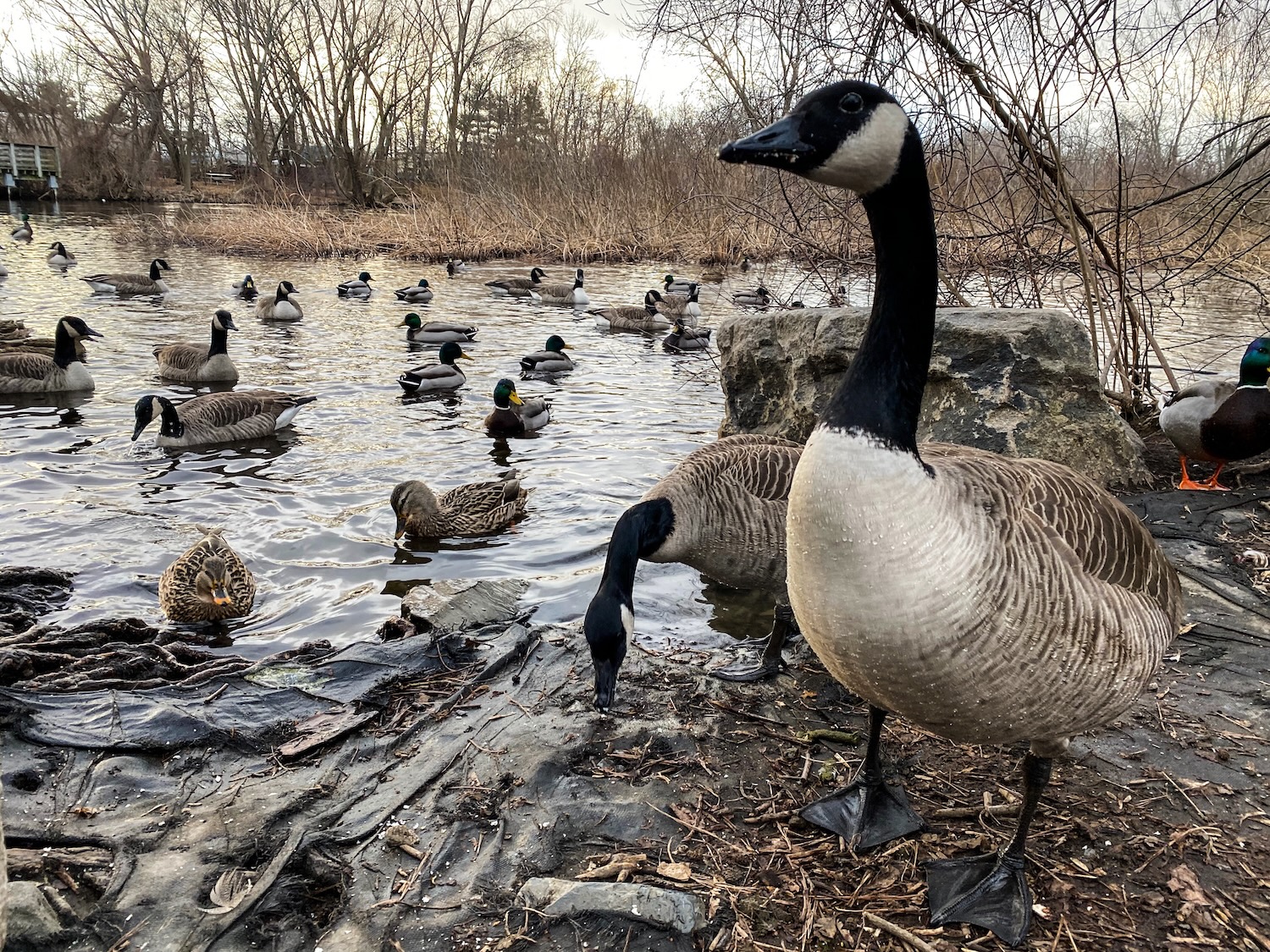
By Jared Schenkels, DVM, The Dairy Authority
There are many management practices that influence calf performance including dry cow nutrition, heat abatement strategies and vaccination programs. However, once a calf hits the ground, we need procedures and protocols to process newborn calves.
The 5 fundamentals of calf processing include: colostrum, identification, dehorning, vaccination, and navel dipping. In this final piece on Day One protocols, we’ll dig into the details of executing the last 3 steps successfully.
- Dehorning: Dehorning is necessary to prevent injury to other animals and handlers. Caustic paste is one method used for dehorning cattle and involves applying a chemical paste to the horn buds of the calf to chemically burn and destroy the horn-producing cells. There are a couple of important points to keep in mind when using caustic paste.
a) Select the appropriate age: Caustic paste should only be used on calves that are less than six weeks old. This is because the horn buds of younger calves are still developing and have not yet attached to the skull.
b) Prepare the area: The calf should be restrained in a chute or other device to prevent movement and ensure safety. The area around the horn buds should be cleaned and dried to prevent any moisture from interfering with the paste.
c) Apply the paste: Wear gloves to protect your skin, and carefully apply the caustic paste to the horn buds using a wooden or plastic applicator stick. Apply enough paste to completely cover the horn buds but avoid getting the paste on the surrounding skin.

- Vaccinations: The calf should be vaccinated against common diseases, such as enteric diseases and respiratory infections.
a) First Defense bolus/Tri-Shield is a product designed to help protect newborn calves against diarrhea caused by pathogens, such as Coronavirus and E. coli (Tri-Shield protects against Rotavirus additionally). It contains egg-derived antibodies that can help boost the calf's immune system and provide passive immunity against these pathogens.
b) Intranasal vaccines are a type of vaccine that work by stimulating the calf's immune system to produce protective antibodies against specific pathogens, such as Bovine Respiratory Syncytial Virus (BRSV), Parainfluenza Virus type 3 (PI3), and Bovine Viral Diarrhea Virus (BVD). Intranasal vaccines can be highly effective in preventing respiratory and other infections in dairy calves. They can provide rapid protection against specific pathogens and may be especially useful in high-risk situations, such as co-mingling calves at calf depots and shipping.
- Navel Dipping: The navel is an opening in the calf's abdomen that provides a pathway for nutrients and oxygen from the placenta during gestation. After birth, the navel can become contaminated with dirt, manure, and other bacteria, which can lead to infections that can cause illness and even death in young calves. Dipping navels is a relatively low-cost and easy-to-perform practice that can be integrated into routine calf management procedures.
a) Navel dipping should be performed within the first few hours after birth, before the navel has had a chance to dry and seal.
b) Navels should be dipped with a high-quality antiseptic solution, such as Super 7 Ultra or 7% Tincture Iodine, ideally using a single-use disposable cup.
Overall, proper processing of dairy calves involves providing every animal with the care and resources it needs to grow and thrive, while minimizing stress and health risks.








